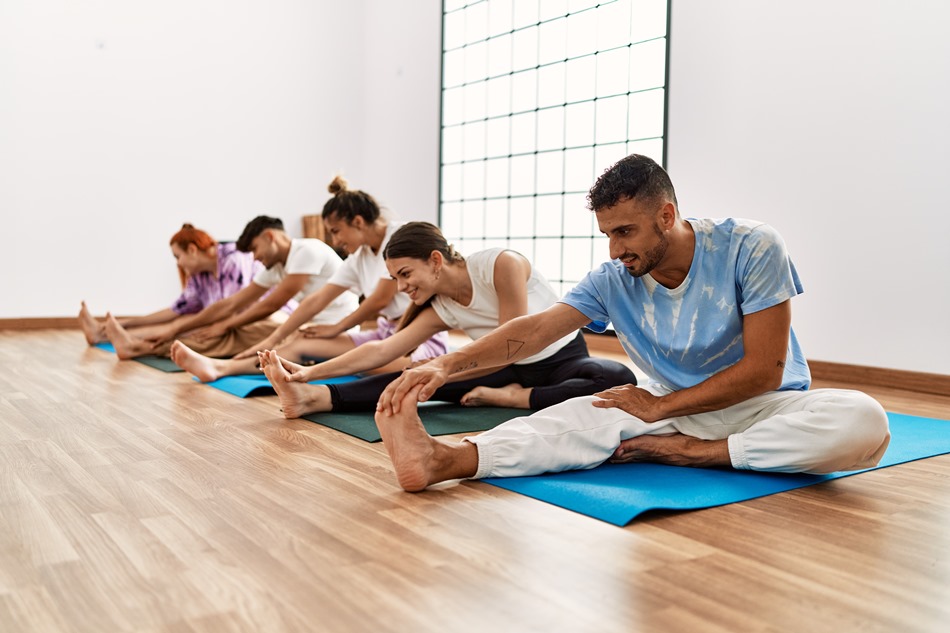
Relaxation training is a general term that refers to methods that are used to teach and learn specific techniques to help people moderate or control reactivity or arousal that is problematic to them. It includes various arousal control methods, such as muscle relaxation training, biofeedback, meditation, imagery, and paced breathing. Relaxation training often is used in behaviour therapy as a means to reduce anxiety, tension, and stress. Research has shown it to be effective in a variety of disorders and conditions, primarily those related to anxiety, fear, and stress. Training patients to relax typically involves providing a rationale, demonstrating exercises, and practicing relaxation in treatment sessions. In addition, patients almost always are asked to practice (“homework”) between therapy sessions. Often, forms or log books are used for patients to record details about their practice. It also can be used to help facilitate communication during a therapy session with a client who may be too tense or anxious to communicate effectively with the therapist. The goal of relaxation training is to make the person physically relaxed and mentally alert. Relaxation training is different from lazing on once bed, sleeping and just not doing anything. It involves a series of steps which one must follow to achieve a state of lowered physiological arousal. Learning how to relax is beneficial in various situations, this simple technique can increase energy, motivation and productivity.